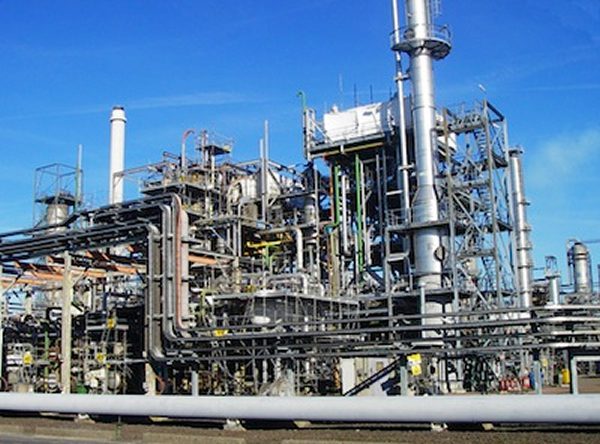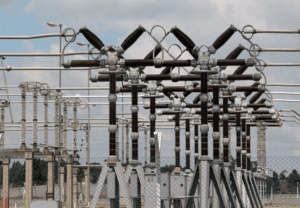

Port Harcourt Refinery: A step toward energy self-sufficiency or a flash in the pan?
The recent resumption of operations at the Port Harcourt Refinery, Nigeria’s largest state-owned oil processing facility, has been met with both applause and skepticism. The news marks a significant milestone for the country’s ailing oil and gas sector, one that has long been plagued by underperformance, mismanagement, and political interference. With crude oil processing beginning once again at this critical facility, many are hopeful that the country is on its way to reducing its dependence on imported refined products—a goal that has remained elusive for decades.
On the one hand, government officials, industry stakeholders, and the Nigerian National Petroleum Company Limited (NNPCL) have celebrated the restart as a triumph of commitment, highlighting it as a crucial step toward greater energy security and economic self-sufficiency. President Bola Ahmed Tinubu has lauded the revival of the refinery, stressing that it aligns with his vision of an economically vibrant Nigeria. Moreover, the operational success is seen as the culmination of years of effort, involving key actors such as the NNPCL, former President Muhammadu Buhari, and the African Export-Import Bank (AFREXIM), whose financing was critical to the project’s completion.
At the ceremony marking the start of product loading at the Port Harcourt Refinery, the optimism was palpable. NNPCL’s Group CEO, Mele Kyari, described it as a “monumental step” toward ensuring the nation’s energy security. The refinery, now operating at 60 percent capacity, is expected to process 60,000 barrels of crude per day, with plans for further ramp-up. This progress is particularly significant given Nigeria’s perennial struggle with fuel imports, which have drained the national coffers and placed immense pressure on foreign exchange reserves.
However, as much as the resumption of the Port Harcourt Refinery has been celebrated, it is crucial to scrutinise its long-term sustainability. Critics have raised pertinent questions about whether this achievement will translate into sustained improvements or if the refinery will fall back into the same patterns of inefficiency and underperformance that have plagued it in the past. The refinery, despite its initial success, still faces the weight of a legacy marred by years of neglect and mismanagement. While there is optimism, the future of the Port Harcourt Refinery hinges on consistent leadership, adequate funding, and a commitment to ongoing maintenance.
Moreover, the restoration of the refinery must be viewed through the lens of a broader national strategy. Nigeria’s refineries, including the Warri and Kaduna plants, have suffered from similar operational challenges. It is essential that the government continues the momentum set by the Port Harcourt Refinery’s revival and works to address the systemic problems that hinder the country’s refining capacity. A single successful rehabilitation is insufficient to turn around Nigeria’s oil and gas sector. The focus must remain on revitalising all key refineries and ensuring that the entire sector operates efficiently and transparently.
Equally important is the question of how Nigeria plans to manage the increase in domestic production. While the Dangote Refinery, set to come online soon, will further bolster the country’s refining capacity, Nigeria’s oil sector still faces considerable structural challenges, including inadequate infrastructure, inefficient supply chains, and a lack of diversification within the sector. The country’s oil wealth, once considered a blessing, has too often been a source of economic instability. Moving forward, the challenge will be to ensure that the revival of the Port Harcourt Refinery is not just a temporary victory, but part of a larger, more sustainable strategy for energy independence.
In a notable development, the presidency recently fired back at former President Olusegun Obasanjo’s previous skepticism regarding the revitalization of the Port Harcourt Refinery. In 2023, Obasanjo had expressed doubts about President Tinubu’s ability to succeed where previous administrations had failed. The fact that the refinery has resumed operations has now rendered such comments moot, highlighting that, with persistence, what seemed impossible can indeed be achieved. Nevertheless, the real test lies in sustaining the refinery’s operations and scaling up production to meet Nigeria’s domestic needs.
The Nigerian Union of Petroleum and Natural Gas Workers (NUPENG) has also joined in congratulating NNPCL for the successful resumption, hailing it as a major step toward reducing the country’s reliance on imported refined products. NUPENG’s optimism is grounded in the belief that the successful restart of the Port Harcourt Refinery will encourage further rehabilitation efforts, not only for other refineries but also in creating jobs and boosting domestic production.
In conclusion, the reopening of the Port Harcourt Refinery offers a glimpse of hope for Nigeria’s beleaguered oil and gas sector. While the government and NNPCL deserve commendation for their efforts thus far, Nigeria’s future energy security depends on the ability to translate this early success into long-term, sustainable growth. It is not enough to restore refineries; the broader context of governance, maintenance, and infrastructure development must also be addressed to ensure that Nigeria can genuinely reduce its reliance on imported fuel and become a net exporter of petroleum products. The road ahead remains long, but with continued focus and dedication, Nigeria may be able to turn its oil sector around and become the energy powerhouse it has long aspired to be.




